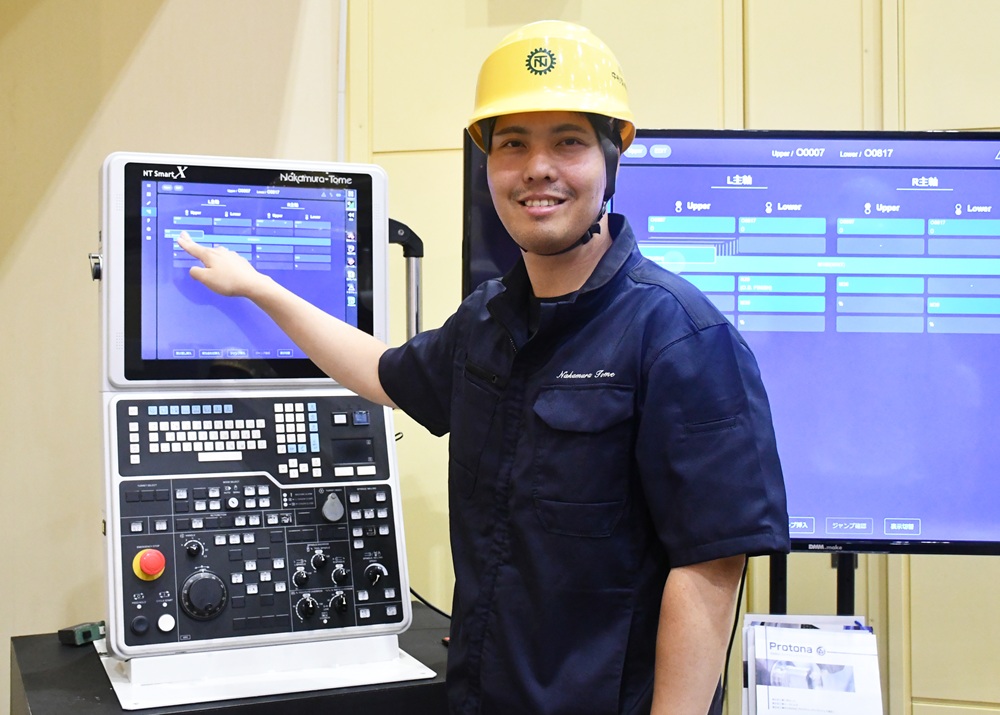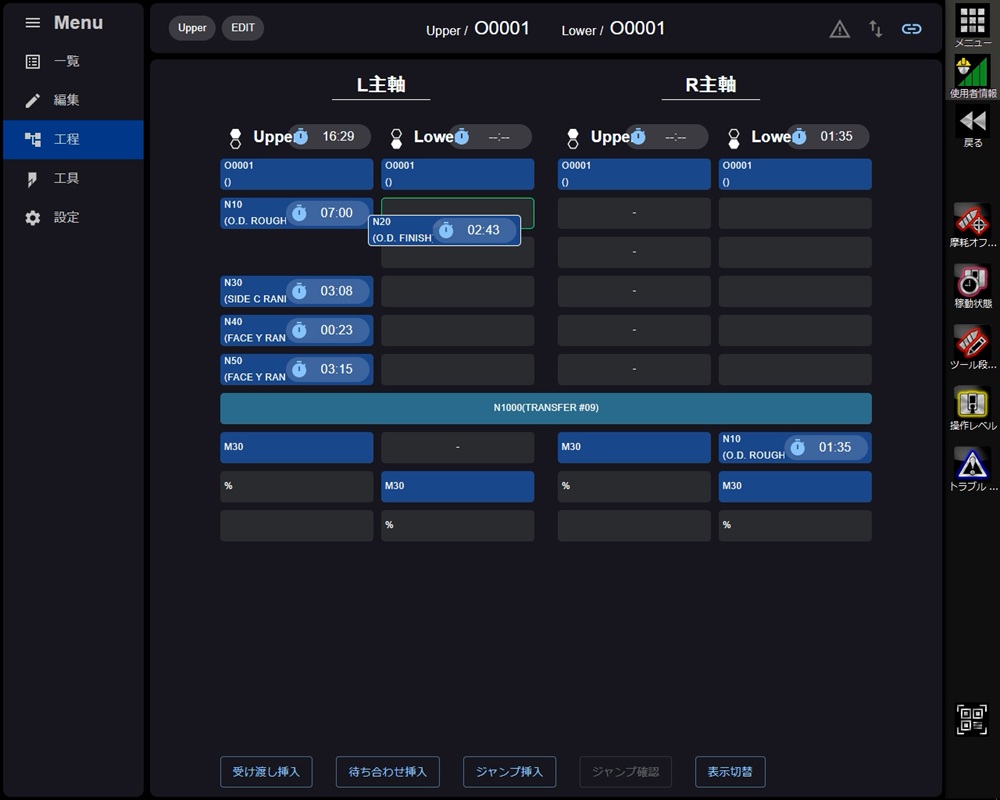
- News
- Basics
- Products
- JP Job shop
- Exhibition
- Interview
- Statistic
- PR
- Download
- Special contents
Products
October 2, 2025

By: Atsushi Kuwasaki, Staff Editor, SEISANZAI Japan
Nakamura-Tome Precision Industry (Hakusan, Ishikawa; President: Shogo Nakamura) has developed “Protona,” conversational NC programming software designed specifically for multitasking machines. With Protona, even beginners can easily create professional-level NC programs. By lowering the barrier to entry, the company aims to accelerate the wider adoption of multitasking machines.
“Software used to be seen as a supplementary function to the machine. But Protona has the potential to be a main value driver that directly contributes to machine orders,” says President Nakamura, who has high expectations for the product launched worldwide on June 26.
The name “Protona”—derived from the idea that “anyone can easily become a pro at NC programming”—was chosen through an internal naming contest. Protona is pre-installed as standard on Nakamura-Tome’s proprietary operation panels “NT Smart Xs” and “NT SmartX,” with supported machine models to be expanded gradually.
As demand for process integration grows, more machining companies are attempting to introduce multitasking machines for the first time. However, the complex axis configurations often make NC programming a major hurdle. “Especially in Asia, including Japan, CAM software adoption in multitasking is still low. Many users rely on manual G-code input or conversational software,” notes Nakamura.
Manual programming requires learning numerous G, M, and special codes, while even conventional conversational systems require considerable expertise. To overcome these hurdles, Nakamura-Tome developed Protona.

Machining processes can be edited via drag-and-drop (courtesy of Nakamura-Tome).
Protona offers three core strengths: simple, safe, and fast. Users only need to enter required information guided by step-by-step diagrams and text instructions to generate NC programs. The software allows immediate verification of part geometry and tool paths, making it easy to identify and correct input errors.
Another unique feature is its ability to display machining times for each system—upper turret, lower turret, left spindle, and right spindle—and allow drag-and-drop editing of machining sequences. “Even codes for synchronization between processes can be inserted with ease, enabling beginners to achieve professional-level NC programming,” emphasizes Nakamura.
The software also includes a unique conversion function, enabling users to switch between conversational screens and NC code, and to make modifications such as adding M-codes directly to the generated program.
Protona will make its domestic debut at MECT 2025 (MECHATRONICS TECHNOLOGY JAPAN 2025; October 22–25, Port Messe Nagoya). At the booth, visitors will be able to experience its ease of use firsthand through a time-trial challenge to create NC programs from sample drawings.
August 28, 2024
September 29, 2023